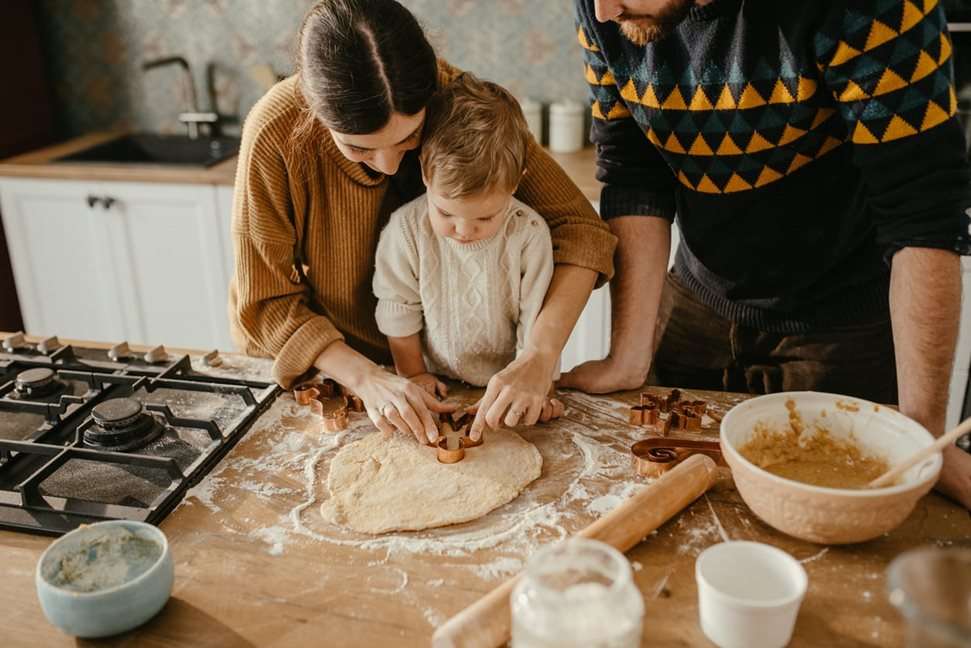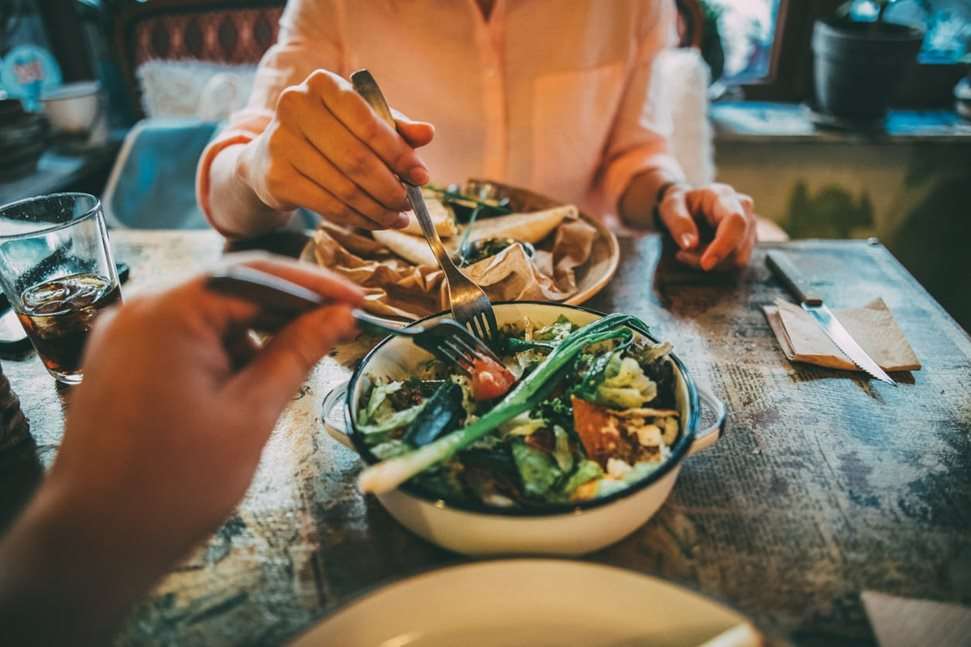Making Healthy Food Choices

In this difficult time of social isolation, many of us are struggling to balance our relationship with food. It can be tempting to resort to comfort eating or bribe the kids with their favourite treats for a few minutes of peace and quiet. But, says Heather Leeson, Nutritional Therapist at The Wellness Crew, it’s important to avoid establishing habits that will be difficult to change in the longer term. Instead, let’s take the opportunity to try some new kitchen projects, and make the most of the social aspects of cooking and eating together as a household; a pleasure we can still enjoy.
Eating Together
Families who eat together tend to have stronger and more open relationships, with children enjoying an increased sense of wellbeing and security. During this stressful time, it’s a great opportunity to chat, share worries or make plans. One of the small benefits of our current situation is that we have a greater opportunity to spend time together, communicate and strengthen relationships at mealtimes. For families with kids, eating together can be an important part of making lockdown more normal, allaying fears and chatting about concerns. Where you can, try to encourage the whole family to sit down together away from devices and distractions at least for once per day.
Make Better Choices
Making healthy choices to support our mental and physical health and immune systems is important now more than ever. Of course, choosing wholegrains and including lots of vegetables and fruit in our diet alone is not going to protect us from COVID-19. However, these wholefoods help to provide the vitamins, minerals, fibre and phytochemicals that we need to support stress and immune function and keep us as healthy as possible. If you can, we recommend eating a healthy balanced plate at each meal, made up of one quarter complex carbs like wholegrain bread, brown rice or potato with their skins on, and one quarter good quality protein like fish, dairy, nuts, seeds, eggs, pulses or small amounts of red meat. Half the plate should be filled with vegetables, at least at lunch and dinner, to give us a chance of reaching our five daily portions.

Limit Treats
It can be tempting to eat more treats or drink alcohol as a way of dealing with the heightened stress and worry of the current situation. But using food or drink as a comfort is a vicious circle and a difficult habit to break. It can also displace the foods we should be eating to keep us healthy. Limit the amount of treats you bring into the house and keep them out of immediate reach, ideally in a different room to your kitchen or wherever is currently serving as your office. Set some boundaries to establish healthier food relationships, like opting for snack-size treats or only having chocolate or alcohol at the weekend. Consider non-food related treats you could indulge in now or work towards when things get back to normal.
Baking Projects with a Healthier Twist
Many of us, especially those of us with kids at home, may already have enjoyed the benefit of baking projects. While the occasional cake or bun is fine (and anything homemade is likely to be tastier and better for us), you can have too much of a good thing. If you or your kids enjoy baking, try some healthy food projects instead. Try making porridge bread or traditional Irish soda bread, using up overripe bananas with a healthier take on banana bread, sprouting seeds or encouraging your kids to plan and make a meal. Or try a new healthy recipe every week yourself. That’s a positive outcome to carry forward when things get back to normal.
We don’t know how long this will continue. But let’s take the opportunity to use this time to learn or teach our kids better cooking skills, put some healthier eating habits in place and make the most of one of life’s great pleasure – our food.
Created April 2020.